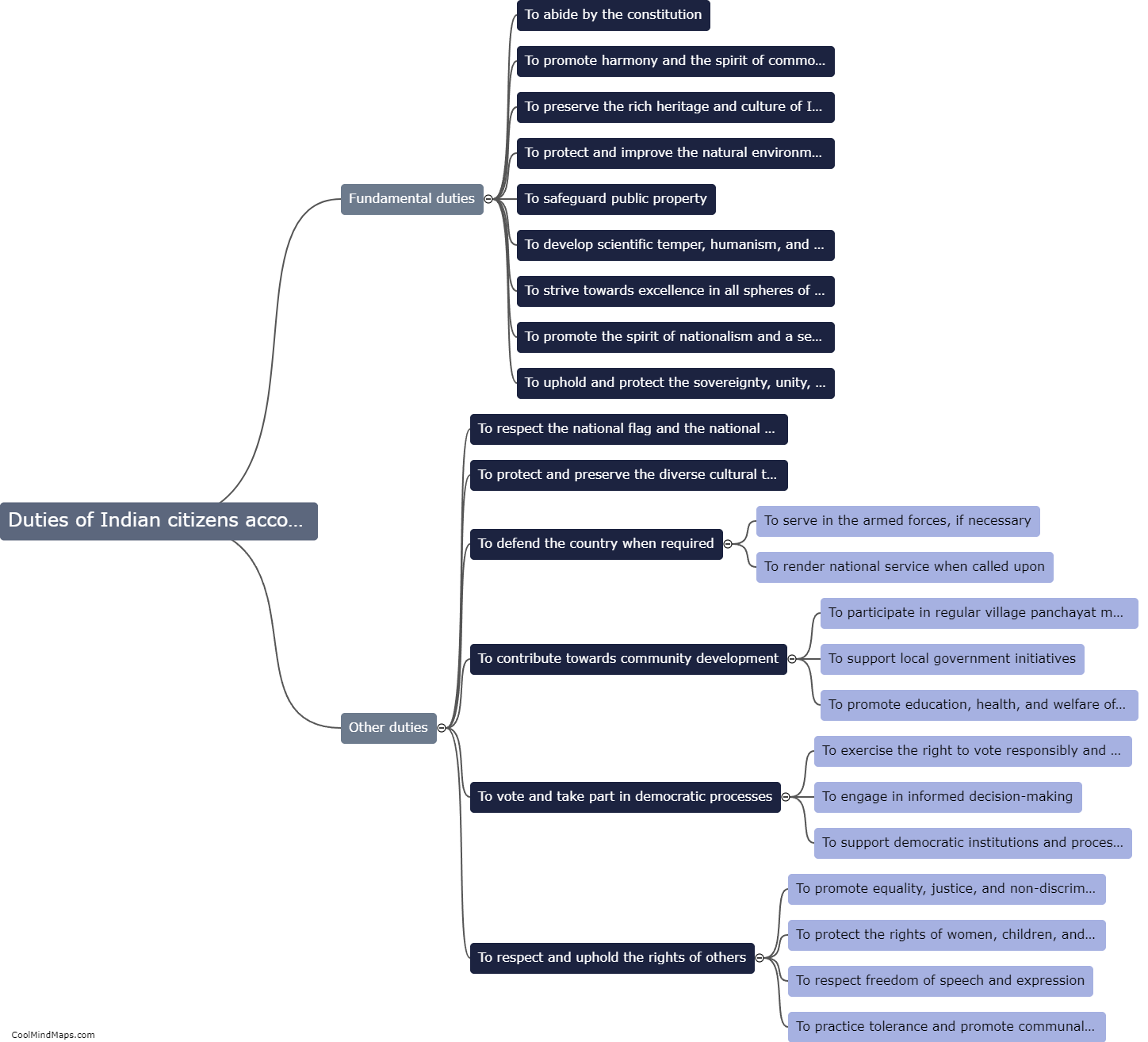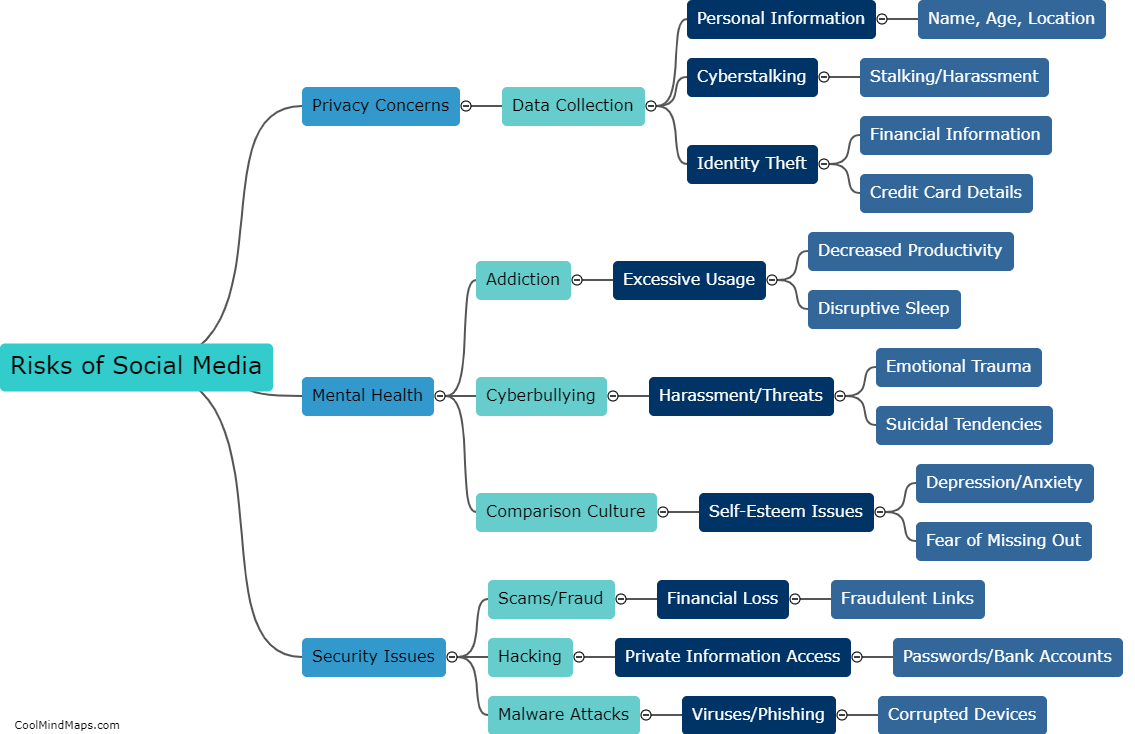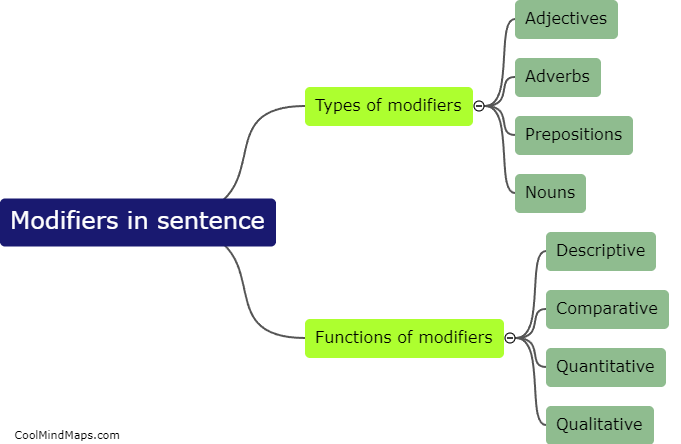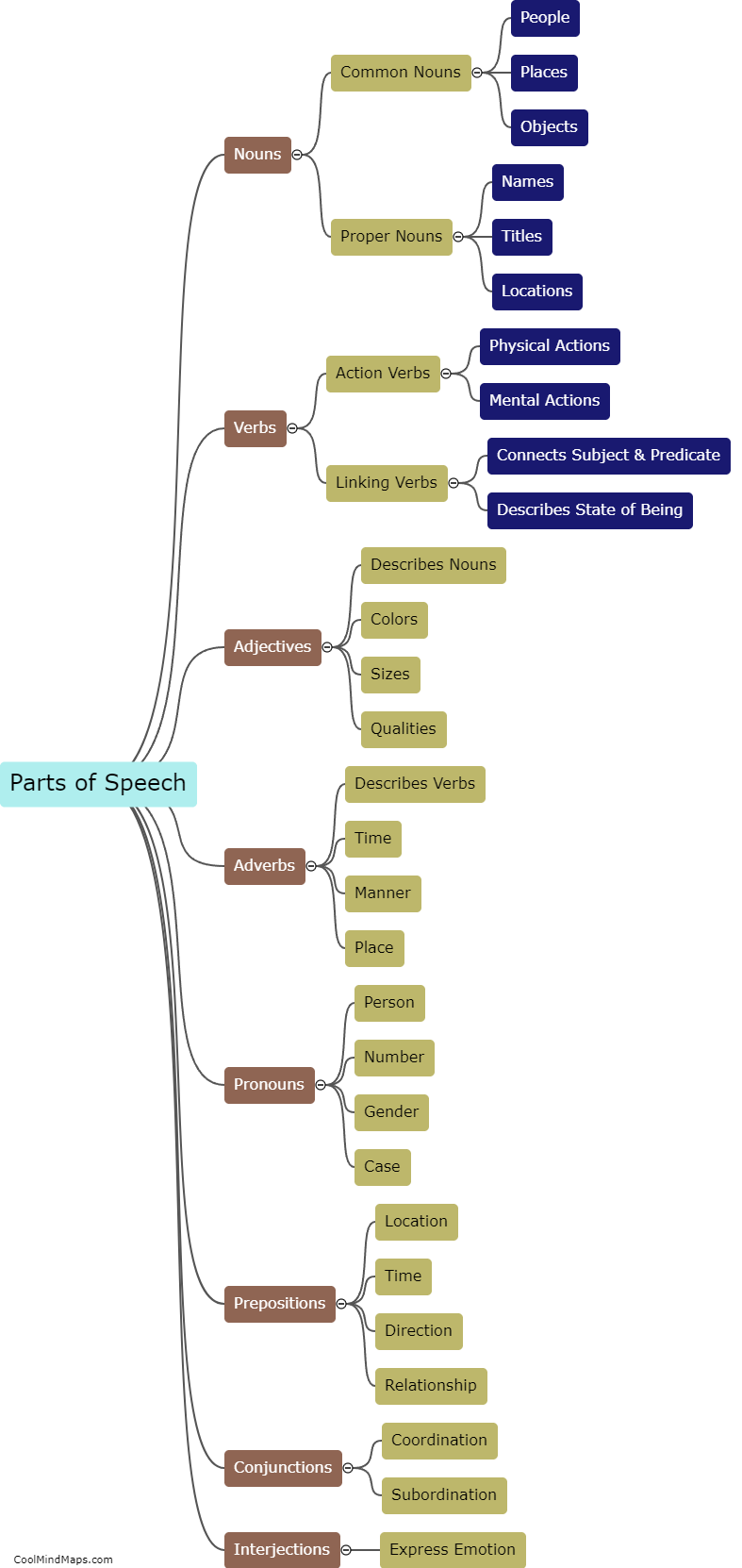What is the difference between classical Chinese and modern Chinese parts of speech?
Classical Chinese and modern Chinese differ significantly in their parts of speech. Classical Chinese relies heavily on symbolic characters that often have multiple meanings, while modern Chinese has a greater emphasis on spoken language, with more concrete and specific words. Classical Chinese is also more reliant on structure and syntax than modern Chinese, which tends to be more concise and straightforward. Additionally, classical Chinese uses more archaic terminology and idioms, making it more challenging for modern Chinese speakers to understand and use. Overall, the differences between the parts of speech in classical and modern Chinese reflect a broader shift towards greater clarity, precision, and simplicity in the evolution of the Chinese language over time.

This mind map was published on 15 June 2023 and has been viewed 120 times.











